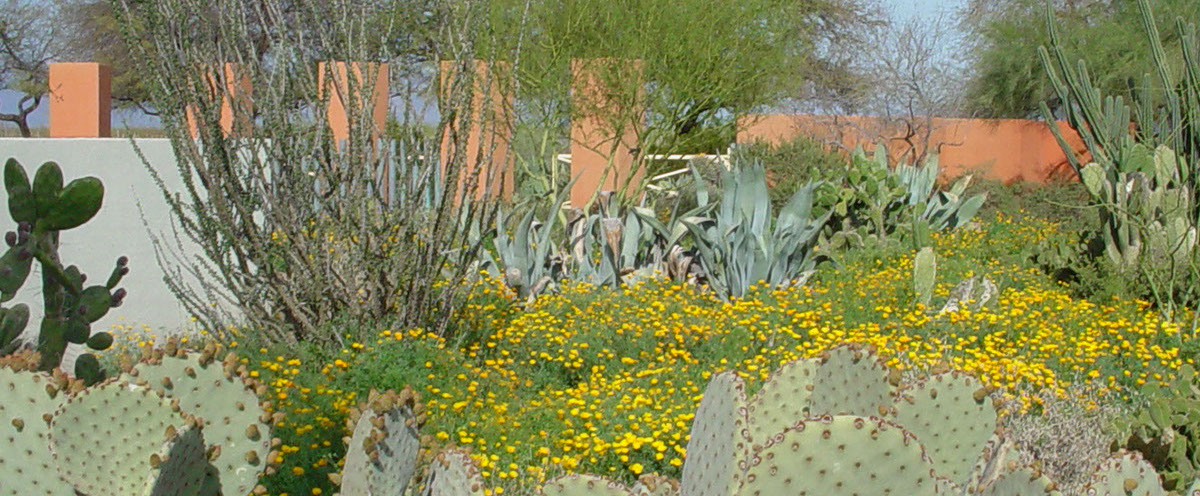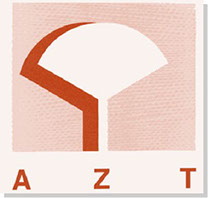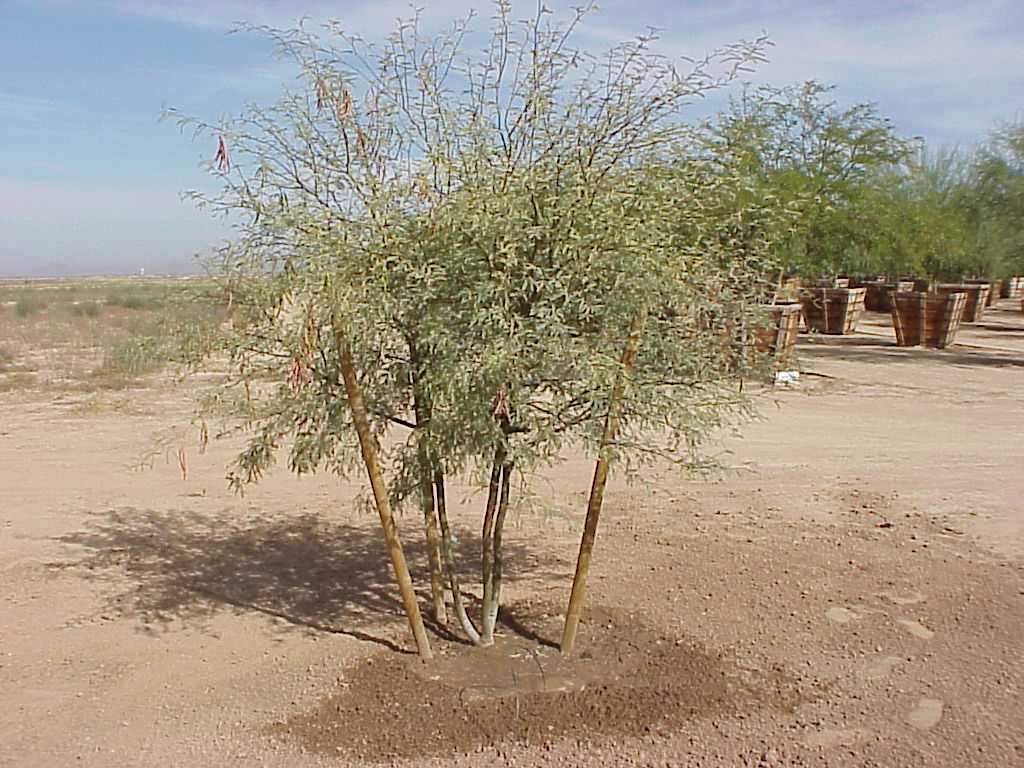


Staking Desert Trees
Spider Mites and Witches Broom
A variety of staking methods are used to protect, anchor or support young trees. The extent of staking depends on tree strength and conformation, expected wind conditions, car and foot traffic, type of landscape planting and the level of expected follow-up maintenance. Several types of staking are commonly practiced. Support staking is used when tree trunks lack sufficient strength to withstand winds without bending or if bending occurs the trunk cannot flex back to its original, upright position. Anchor staking prevents movement of the trunk of the tree that could cause movement of the rootball or up rooting of recently planted trees. Even relatively small movement of the rootball can severely damage new roots growing into surrounding soil and significantly delay or prevent successful tree establishment. Protective staking is practiced when there is concern that maintenance or construction equipment may cause damage to or kill transplanted trees. All staking practices have an effect on subsequent growth and development of staked trees. Staked trees may: grow taller; grow less caliper near the ground and more near the top of the tree; develop a smaller root system; offer more wind resistance than trees of equal height (because the top is not free to bend) and are more subject to rubbing and girdling from stakes and ties. All these influences make a tree less able to stand without staking.
Staking may be necessary to help selected young trees until they get root anchorage or the tops become strong enough to stand alone. Given the limitations listed above its clear that staking should be a SHORT TERM measure used to allow trees to become established. Actual staking methods and configurations vary widely. Cost, strength, durability, ease of installation, appearance tree specie, box size and branch structure are all factors in selecting a staking method.
Material used to stake trees include wood or metal stakes and a tying materials that link the trunk to the supporting posts. Any material used as a tie should contact the trunk with a broad, smooth surface and have enough elasticity to minimize trunk injury and girdling. Polyethylene tape and wire covered with hose or tubing are among the most common ties used. Brightly colored tie materials are easiest to locate when ties are later removed. Failure to remove ties can cause girdling of the branches or trunks. A figure eight tie looped between the stake and trunk is flexible and provides extra protection from injury to the trunk from the tie or the posts. Various staking methods can be employed that use from 1 to 4 stakes. When two stakes are used, an imaginary line drawn between the two stakes should be at right angles to the most critical winds. Post should be strong enough to resist anticipated winds and tie material flexible enough to provide support yet give so that trees can develop proper caliper and taper.
The most common method currently used employs two stakes with tie loops from each post to the trunk. Tie are arranged opposite one another to allow support and some give. With arid landscape trees, staking may be needed for some standard trunk specimens. Trees with low branches, multiple trunks or a natural shrub-like growth habit, generally do not require staking. Staking should be done selectively and only after careful consideration of the site.
From a horticultural standpoint, staking should not be a standard practice applied to all newly transplanted trees. Once trees are established, stakes and ALL tie materials should be removed to prevent future damage to the tree. as soon as trees appear established.

Ties connect the tree trunk to the stakes and are typically arranged opposite one another to provide support yet allow give. Ties are padded where they contact the tree's bark to prevent injury and damage.

© Copyright 2000-2020 Arid Zone Trees